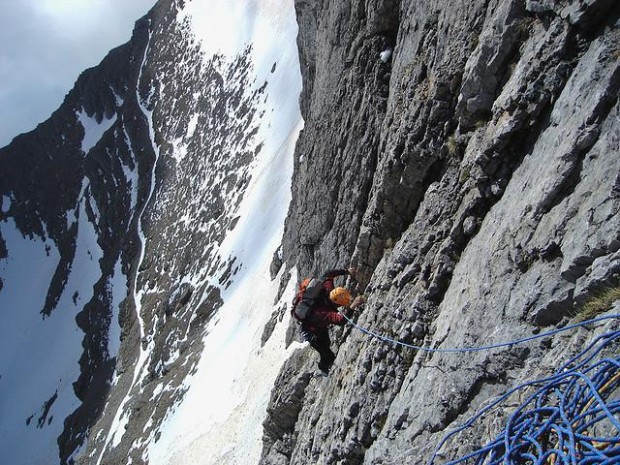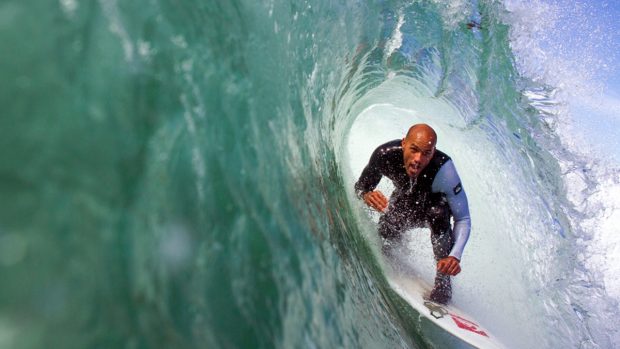Best Ways to Look After Your Extreme Sports Equipment
For any extreme sports enthusiast, the feeling of doing something truly extraordinary and exciting is a large part of why they engage in the activity in the first place. There has to be some real sense of being in danger, of feeling as if, should you not have enough skill at your sport, you might get a little bit hurt. But, of course, you need to minimize the risk of seriously damaging yourself in any extreme sport. For sports like skating or roller blading, the risk of doing any extreme harm to yourself is quite minimal, and if you keep yourself sensible and wear a few guards and a helmet then you should be fine. However, for sports where your life could truly be at risk, the need to make sure that all your equipment is in perfect condition and working as it should be is of paramount importance. An element of danger or a minor fear of getting a small injury is all well and good, but in reality you need to take steps to prevent anything truly regrettable happening if you want to practice any of the more extreme of the extreme sports. So, here are just a few specific tips for safety when practicing some of the most popular extreme sports which also happen to be very genuinely dangerous.
Caring for Your Climbing Gear
If you have a passion for climbing, you’ll know that your rope and harness are literally your safety lines, and you don’t want to be anywhere without them to hold you up. This is why it’s of utmost importance to check your gear each and every time you go climbing, to see if there is any damage at all to it which could prevent it from working as it should – essentially, anything which could prevent it saving your life. You should know what kind of damage is simply cosmetic and which could prove a serious risk to your safety simply by looking at it, while you should also know when your equipment has run its course and when to invest in a new set. Keep your ropes away from moisture and dampness as much as you possibly can, while you should also ensure to never step on a rope whenever possible, as this will grind dirt into it and make the structurally integrity weaker overall.
Your climbing harness should be retired after five years at the absolute maximum – this is due to the fact that they’re made with webbing which naturally will degrade over time. Any time you’re transporting any of your equipment, you should always make sure that you’re not careless or lazy – it might even be worth fitting a seatbelt around it. Don’t simply throw your equipment haphazardly into the back of a vehicle, as there could be any manner of substances in there, such as oils, chemicals or potentially harmful acids. Always store your equipment in bags or backpacks and, if anything comes back damp after a climbing trip, you should always hang them out to dry at the earliest opportunity. Furthermore, it’s generally a good idea to equip yourself with a basic knowledge of first aid and injury treatment so that if anything bad does happen then you can at least treat it properly immediately. Check here for a list of the most common injuries sustained while climbing so you know what to look out for.
Making Your Surfboard Safe
It’s important to note that any sport carried out at sea comes with a potential safety risk. You could get knocked in the head and then fall unconscious, and things could start looking worrying for you, so you should always have the proper safety equipment. However, you can easily have fun in the surf and still ensure your safety. When not in the water, keep your board in a bag as much as possible, as this will help prevent a good deal of the structural damage it might take from bashes and scrapes. If you do notice anything wrong with your board, no matter how minor you might believe the damage to be, you should always take care of it immediately, as even a dent which doesn’t appear very serious could end up having a significant impact on your ability to control the board in the water. Water leaking into the board can also cause yellowing and, most dangerous of all, a great deal of extra weight which will help drag you down. You should seek to strip old wax off your deck too, so that you can check for any more damage which may have been hidden under there. Finally, always take steps to secure your board properly when you’re transporting it to and from the surf, and always keep an eye on it when not in use, storing it properly in racks wherever possible. You should be aware that no board is going to last forever too, and know, however hard it might be, that you have to replace it every few years. You should never use a board with severe structural damage as this could impair your ability to tackle waves and keep yourself afloat when out on the ocean.
Treating Extreme Sports Car Engines Right
Generally speaking, the engines you’re going to find in sports or muscle cars are much more specialized than the average engine, and in the majority of cases prove to be older, and so require a little extra attention. Change your car’s oil and other fluids regularly, as well as pumping the brakes to make sure they work as effectively as possible – these are both a given. You should also make sure that you do the required research into your car and the engine it has, and never start messing about under the hood until you’re intimately familiar with the working parts and how they fit together and function. There are many different intricate parts for many different cars, so you need to be absolutely positive, should you need to replace anything, that the parts you’re getting will fit your specific model. If you’re in any way unsure on this, don’t just jump in. This is not something that be undertaken lightly in any way, as not only are muscle car parts expensive, but putting in the wrong ones could seriously damage your car, and the passengers inside it if something serious goes wrong while driving. Should you want to replace or swap out any parts, there are plenty of companies which offer solid, well-built products, from gaskets to full replacement LS1 engines. Your priority should never be to save a buck here or there when buying new parts for your muscle car; unfortunately, quality comes with a higher price tag, and you never want anything less than true quality when you are swapping out and replacing parts for your ride. You should also ensure that, when storing your car, that there is no way water or any other source of dampness can reach it, as this will prove to be the mortal enemy of your car. Any water present will promote the development of rust which will weaken the integrity of your car as it eats away at its most vital parts.
A sports or muscle car should also always be kept in regular use, even if it’s only a few miles drive every couple of weeks, or something to this effect. This will help ensure that nothing within the car begins to corrode or go bad and that the fluids within are how they should be. You shouldn’t allow the car to sit without its engine having been started for extended periods of time, as this will allow the interior parts to grow stiff and not work in the correct way, which could lead to dangerous consequences. Think of it just like exercise; without a regular workout, even a minimal one, our bodies will start to perform worse and worse as time goes on, until we risk injury. It’s just the same for a sports car; a quick drive to warm up the engine and the other components will work wonders in making sure that everything is working as intended, and save you a great deal of time and money further down the road should stagnation lead to a serious internal breakage. It could even make some of the car’s safety features, like the brakes, function more effectively and more reliably, making an accident less likely. You should also have your car looked over by a professional, qualified mechanic every so often, even if you believe yourself to be a fountain of car knowledge. Two heads are always better than one, as they say, and a mechanic might be able to spot something that you yourself missed. Furthermore, they will have a great many contacts that might prove useful to you, and could be able to source a specific part you need that would prove tricky to find on your own merits.


